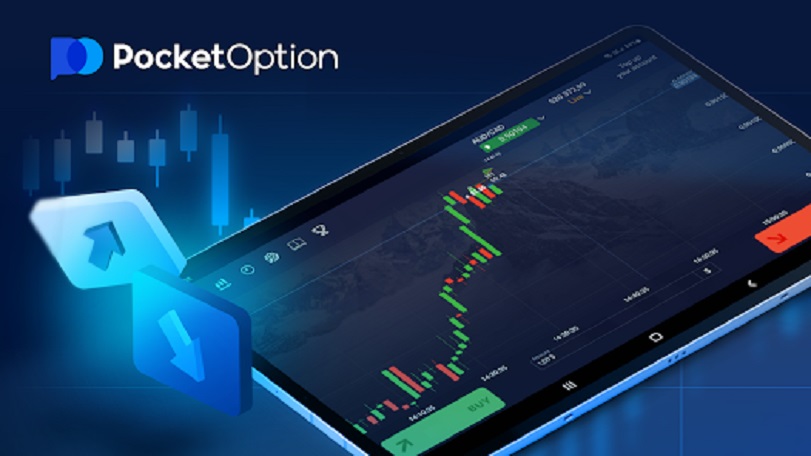
Pocket Option Fees: What You Need to Know
When trading on Pocket Option, understanding the Pocket Option Fees https://pocketoption-1.com/fees/ structure is crucial to maximizing your profits and managing your costs effectively. As a popular online trading platform, Pocket Option offers various financial instruments, but like any trading service, it’s important to be informed about the associated fees. In this article, we will explore different types of fees, providing you with a detailed overview to help you better navigate your trading experience.
Overview of Pocket Option Fees
Pocket Option takes pride in providing a user-friendly trading atmosphere, but traders must remain vigilant about the fees involved. The primary types of fees associated with Pocket Option include trading fees, withdrawal fees, and deposit fees. Understanding these charges can enhance your trading strategy and contribute to your overall profitability.
1. Trading Fees
When trading, one of the primary fees you should be aware of is the trading fee, also known as the spread. The spread is the difference between the buying and selling prices of an asset. On Pocket Option, the trading fees can vary based on the asset you’re trading and market conditions. Unlike traditional brokerages that might charge a commission per trade, Pocket Option primarily utilizes spreads to generate revenue, which is often built into the price.
Additionally, some assets may incur a higher spread, particularly those that are less liquid. Therefore, before executing a trade, it’s advisable to check the specific asset’s spread and consider it in your trading strategy. One beneficial approach is to practice trading in a demo account to get a feel for how spreads might affect your overall profitability.
2. Withdrawal Fees
Withdrawal fees can significantly impact your trading income. Pocket Option has a transparent withdrawal structure, but it’s essential to know what to expect when you decide to withdraw funds. The platform generally charges a withdrawal fee that may vary depending on the payment method you choose.
For instance, using bank transfers might attract different fees compared to e-wallets or cryptocurrency withdrawals. Additionally, keep in mind that some payment providers may also impose their own fees. Therefore, before transferring funds, it’s prudent to review both Pocket Option’s withdrawal fees and any supplementary fees from your payment provider.

3. Deposit Fees
In most cases, Pocket Option does not charge a deposit fee for funding your trading account, which is beneficial for traders eager to increase their investment capital. However, as with withdrawals, different payment methods may have specific terms and conditions. Certain providers may charge a processing fee, which would then be external to the Pocket Option charges.
If you’re planning to fund your account with a credit card or e-wallet, ensure to verify whether such methods impose any fees. Taking a bit of time to research can save you from unexpected costs.
4. Inactivity Fees
Another critical fee to consider is the inactivity fee. Pocket Option may impose a fee if your account is inactive for a prolonged period, which typically ranges from several months to a year. It’s crucial to regularly log into your account or conduct trades to avoid incurring this fee, especially if you plan to hold onto your trading account without active trading.
Furthermore, it’s a good practice to devise a strategy to keep your trading account active, even if you’re not making countless transactions. Regular monitoring of your account can also provide insights into market trends and help refine your trading strategies.
5. Additional Considerations
Aside from the primary fees mentioned, it’s important to be aware of any promotional charges or additional costs that Pocket Option may introduce from time to time. For example, bonuses that may appear attractive can sometimes come with conditions that affect withdrawals and can indirectly cost your potential profits. Always read the fine print associated with promotions to ensure you fully understand how they impact your trading.
Moreover, consider outside factors that can influence the cost of trading. Market volatility and changes in liquidity can affect spreads, leading to a temporary rise in trading costs. Keeping informed about market conditions can lead to better trading decisions and reduced risks.
Conclusion
In conclusion, being aware of the various Pocket Option fees is essential for anyone looking to trade effectively on the platform. From trading and withdrawal costs to potential inactivity fees, understanding these charges can empower you to create a more efficient trading strategy. Remember that while high fees can diminish profitability, thorough research and strategic planning can provide a way to utilize Pocket Option effectively, transforming trading into a more rewarding venture.
Always remain vigilant about the current fee structure and look out for updates from Pocket Option, as fee schedules can change. Make it a habit to regularly check their fee page for any updates that might affect your trading endeavors.